Imagine you're a young woman from Cleveland who's been living in the American Southwest with your rapidly growing family for almost ten years. It's November 1959, and you've just given birth to your fourth child, a little girl, now lying cradled in your arms. You gaze out the window of your ground floor hospital room on the outskirts of Farmington, New Mexico, and you spot a figure coming across the desert in your direction.

Situated in the Four Corners region, at the confluence of the San Juan, La Plata, and Piedra rivers, the snow capped San Juan mountains of southern Colorado are visible to the north and the desert highlands of Arizona and Utah to the west. Also in the western distance stands Shiprock, a volcanic monolith rising from the high desert plateau and a major figure in the Diné or Navajo culture.
This is how my sister’s birth story unfolds, but it actually began the night before, on our mother’s thirty-second birthday - our mother being the aforementioned young woman from Cleveland.
When we lived in Farmington, it had rapidly gone from sleepy farming community to boom town, thanks to the rich oil and gas reserves found in the area. After many moves, we had landed there because our father was a young exploration geologist. For a brief time in our family’s life, we had a little money. We lived in a new home with a fireplace, a milk machine and a dishwasher!
(A few years later, our father would grow disillusioned with the oil business and would go back to school at Austin, Texas to become a college professor. We went from riches to rags.)
We had a party that November evening before my sister was born. I had turned eight a few days earlier, and now we were celebrating my mother’s birthday. As would be the case for the rest of my life, I had over-indulged; too much cake and ice cream after dinner. Excitement was running high, as we all knew we'd soon have a new baby in the family.
If it turned out to be another boy - I had two little brothers already - I had threatened to leave home. In fact, I had a little bag packed, hobo-style, waiting in my closet, ready to flee to my paternal grandmother's, a few miles away, should another boy baby appear. Grandma was staying with us that night after attending Mom’s birthday party, and was sleeping with me.
In the middle of the night I paid for overeating while excited, vomiting on myself and my grandmother, who woke my mother. (Grandma was never terribly helpful, I’m afraid.) Mom came in and washed me up, gave me fresh pajamas, stripped the bed, put clean sheets on, and padding her way back down the hall hollered, "Jack, get up! My water broke!"
A few minutes later, she leaned down to kiss me and said, "We're going to the hospital now, honey."
“Have fun, Mom," I murmured. She thought that was hysterical.
The next morning, we learned that she’d had a girl, praise God! No more boys! I went to school that morning in a state of euphoria I've experienced very seldom since. I ran all over the playground, shouting "I've got a sister! I've got a sister!"
Meanwhile, back at the hospital, an old Navajo crossed the reservation to salute the new baby, and that’s the best part of this story.
The morning after Laura was born, Mom said, she was feeding her new baby and enjoying the sunny late autumn day, when she noticed a speck on the horizon that appeared to be coming closer. Slowly, the form took shape, appearing to be a man walking with a slow, rolling gait in her direction across the sandy vacant lots. She realized it was an older Native American man, dressed in clothing commonly worn by Diné men - denim jeans, cobalt blue velvet shirt, turquoise necklace, and red bandana tied across his brow.
Purposefully, he approached the window, cupped his hands around his cheeks, and peered in at the baby for a few moments, so close to the window Mom could see the creases in his face. He then stepped back, never taking his eyes off the baby, raised his right hand, and seemed to mouth something. Living on the edge of the reservation, Mom was familiar with a few Native words. He seemed to be saying "Yá'át'ééh," roughly pronounced "Yah-ta-hey," a greeting or welcome in Diné (Navajo), sometimes translated “It is well.”
He then turned and headed back toward the desert and the reservation.
Was it a fever dream? Postpartum delirium? Wild hallucination? She swore she was wide awake. Re-telling the story many times over the years, she never varied in the facts, only adding small details here and there. She recalled noticing the man’s gray hair bundled into the traditional tsiiyééł bun and tied with yarn when he turned his back to her. She saw that he was wearing moccasins as he shuffled off. A colorful blanket was wrapped tightly around his shoulders against the wind.
In any case, she believed every word and told it with conviction. And she was never known to lie.
The funny thing is, when Laura was a toddler, she developed an eye infection that the local doctor said he’d only seen in Native children, and he’d read that it also occurred in a few sub-Saharan tribes.
Then there was the time that we were washing blankets at the downtown laundromat where Diné women were doing their laundry. I was supposed to be keeping an eye on Laura while Mom was getting change, but I’d found a vending machine, and Laura wandered over to where the women were sitting, and started babbling away. Honestly I’d never heard her speak like that; to my ear she was speaking gibberish in a guttural, nasal voice I’d never heard. The women looked at my mother and me in astonishment and one asked, “Where did she learn to speak Navajo?”
Laura’s physical appearance resembles our maternal grandmother - tall, broad shouldered, slim hipped, high cheekbones and long, straight hair. When she was young, our grandmother was called “The Indian.” (Family lore later proved correct that our ancestor was the Seneca Chief Cornplanter.) Laura usually wears her hair in a blonde braid down her back.
As an adult, Laura took up painting, and said she felt a force guiding her brush, images coming to life unbidden by her conscious mind. They usually reflected Native American themes, and Laura said they brought her great peace. She believed she had a spirit guide, possibly the old man who visited her when she was born.
Her life hasn’t always been easy. She helped raise her first husband’s three sons in addition to her own son and daughter. She wasn’t always appreciated, and the divorce was bitter. But her role as Mama Bear was her proudest achievement.
Many years later, Tony, the Italian from Pittsburgh, came into her life, and they now share a happy home, in the forest once roamed by our Native ancestors.
After taking several career paths, Laura settled on following in our mother’s footsteps, becoming a social worker, helping strangers on a daily basis. Everyone who knows her agrees that she’s a very special person. She’s a grandmother now, passing on wisdom and whimsy. She’s a peacemaker and a rabble rouser. She's a light in my life and in so many others, with a heart as big as her smile.
I was over the moon when she was born, as only an eight year old can be, but all these years later, that complete and utter joy has never left me when it comes to all things Laura. Her zest for life is contagious.
I recently learned another meaning of the Diné word Yá'át'ééh. Apparently it can mean "The universe is good in you." If you’ve been fortunate enough to know our mother or my sister Laura, you know this to be true. It is well.





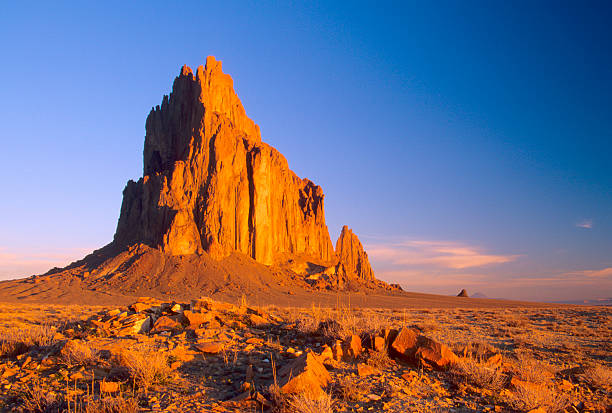

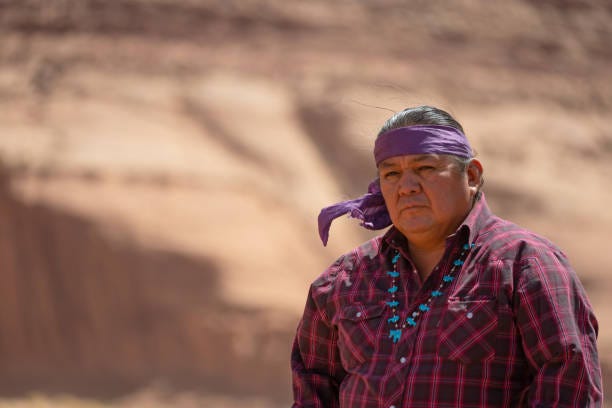
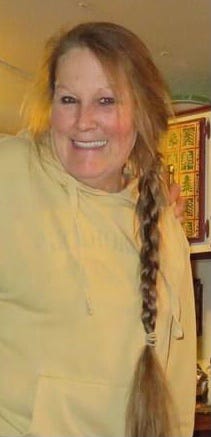

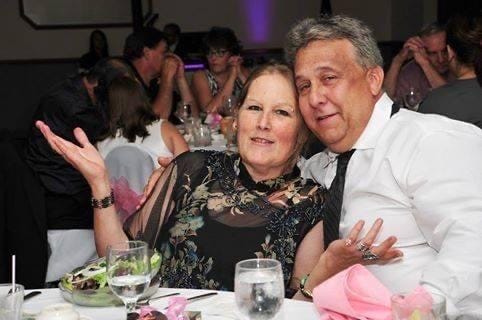

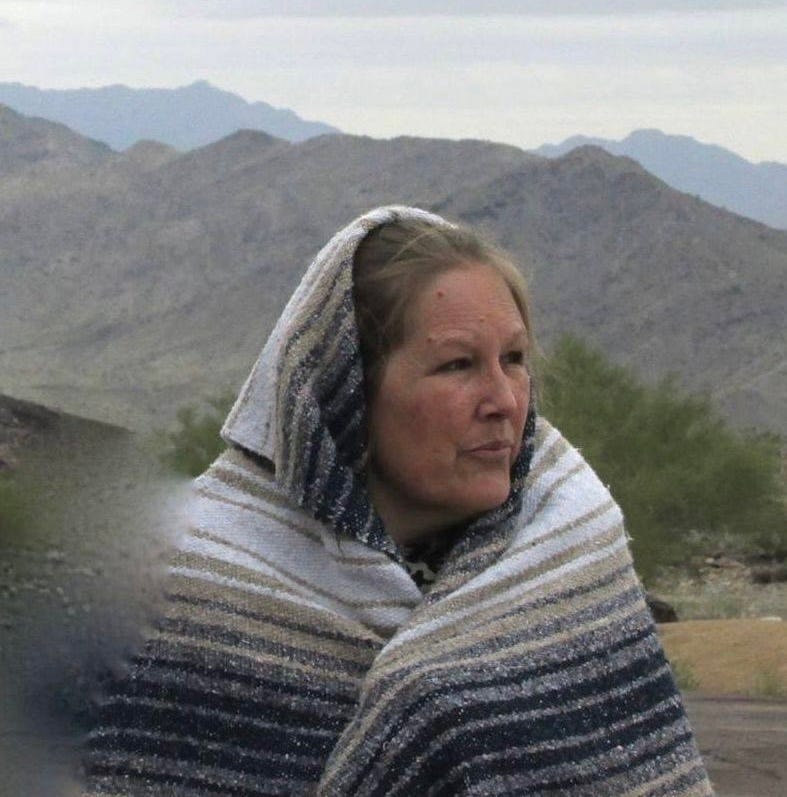
Wow Marsi! I don’t remember you ever telling me that story. Fascinating!
A moving and beautiful story, and so well told. I have two older brothers and love them both, but I've often wondered what it would be like to have a sister. You have a very special bond.